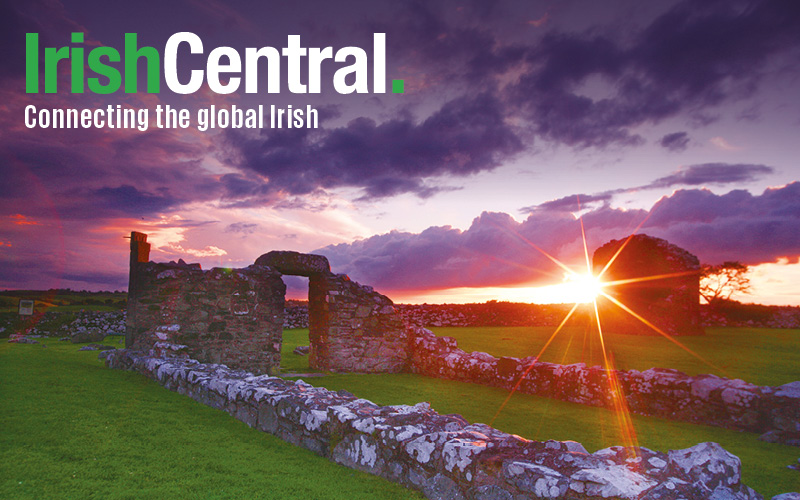By Elise Juska
AN Irish American family isn’t just an unusually confined unit. For many it’s a life sentence without hope of parole. There’s a unique and sometimes imprisoning closeness and familiarity that can astound outsiders (and everyone who doesn’t belong to the immediate family circle is an outsider).
In her novel The Blessings, author Elise Juska mines the family ties of a particularly close-knit Irish American family from Philadelphia, giving each character a chapter of their own for their voice to emerge.
It’s an ingenious device, allowing a multilayered portrait of the family to emerge at a leisurely pace and with an eye for telling detail. Juska has the gift of conjuring daily life with a startling immediacy, pulling the reader into her world and often implicating us too.
The surface calm belies a formidable emotional complexity just below the surface, and in The Blessings Juska has captured this alongside the unique outlook of her Irish Catholic family and the ties that bind them.
Grand Central Publishing, $24.
This Is the Way
By Gavin Corbett
HAIL the arrival of a major new Irish writing talent. Gavin Corbett’s weirdly distinctive second novel This Is the Way is the atmospheric and half-mad tale of a young man from the Irish traveling community who gets caught up in an ancient feud between two halves of his own murderous (and often murderously funny) family.
Corbett’s gift for dialogue and idiom are astonishing. His prose canters at a clip and the self-delighting creative impulse that guides this odd narrative marks him out among his contemporaries.
This Is the Way will make you laugh and terrify you, often within the same paragraph. Corbett’s control of his narrative gift is so masterful it can look like witchcraft. It’s been years since an Irish writer this beguiling has emerged to shake things up again.
Faber, $15.
Lockout, Dublin 1913
By Padraig Yeates
We were not always prepared to accept austerity in Ireland. Lockout, Dublin 1913 is the story of one of the most famous and far reaching labor disputes in Irish history, and Padraig Yeates’ magisterial new study provides a comprehensive overview of Dublin society in the early 20th century.
The details of the strike are well known. On August 26, 1913 the trams stopped running in Dublin after conductors and drivers – all members of the Transport & General Workers Union – left their jobs.
They did this to protest a demand from their employer to foreswear union membership or face dismissal. No sooner had they walked out than the company they worked for locked them out.
That set the stage for James Larkin, one of the most committed and charismatic public figures in Irish history, to call out 20,000 workers in the city in solidarity. It was an action that terrified the ruling class.
The result is also well known. By January 1914 the union had lost the battle because it didn’t have the resources to maintain a long campaign, but they won the war because they had drawn a line under the pre-Larkin Dublin past.
Yeates’ study can make the claim of being the definitive work on the Lockout. Its 600 pages are filled with the struggles and spirit of the period, making it the go-to resource for anyone interested in the labor history of the nation.
Dufour, $37.95.
1014, Brian Boru and the Battle for Ireland
By Morgan Llywelyn
One thousand years is sufficient time to adjudicate a winner. In this case we’re talking about Good Friday, April 23, 1014, when the most ferocious battle in Irish history was about to commence.
For most people Brian Boru, High King of Ireland, is as much a myth as he is a fact these days. But after 30 years of research author Morgan Llywelyn knows he was a living man who led Ireland into war 1000 years ago, and Ireland won.
The combat on the field makes Games of Thrones seem tame. Hand to hand fighting with terrifying weapons was the order of the day and the prize was immense -- the right to control Ireland, once and for all.
But this wasn’t a simple Gael versus the Norse equation. As ever with Ireland political and economic loyalties actually saw Gaels and Norse on both sides.
Llywelyn’s account is one of the most readable and dramatic on the subject you will read. She brings the complexities of the Irish chieftain and inheritance systems to life and shows us how decisive the famous battle turned out to be.
Dufour, $20.




Comments